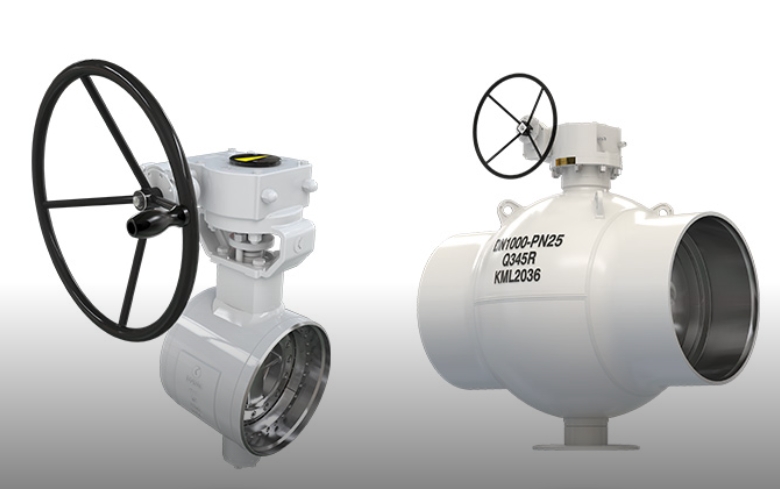A ball valve is a flow control device that utilizes a hollow, perforated, and pivoting ball to regulate fluid passage. The valve is open when the ball's hole aligns with the flow inlet, allowing fluid to pass through. It closes when the ball is pivoted 90 degrees by the valve handle, blocking the flow. The handle's position provides a visual indication of the valve's status: it lies flat in line with the flow when open and perpendicular when closed. The shut position, achieved with a 1/4 turn, can be either clockwise or counter-clockwise.
Structure and Types of Ball Valves
Ball valves come in various structures to suit different applications and requirements. Some common types include:
1. Single Body: A single-piece body ball valve is simple and cost-effective, typically used in low-pressure applications.
2. Three-Piece Body: These valves consist of three parts: two end caps and a body. They are easy to maintain because the central part can be removed without disrupting the pipeline.
3. Split Body: Split body ball valves have two or more separate pieces bolted together, which can handle high pressure and are easier to service.
4. Top Entry: In these valves, the ball and seat can be accessed from the top. This design is advantageous for in-line maintenance.
5. Welded: Welded ball valves are designed for permanent installations where durability and reliability are paramount. These valves have their body components welded together, creating a seamless structure that eliminates potential leak paths. This design is particularly advantageous in applications where the valve is exposed to high pressure, high temperature, or corrosive environments.
Applications of Welded Ball Valves
Welded ball valves are commonly used in industries where long-term reliability and zero maintenance are critical. Some typical applications include:
· Oil and Gas Industry: Used in pipelines and processing plants to handle high-pressure crude oil and natural gas.
· Chemical Processing: Ideal for handling aggressive chemicals and high temperatures.
· Power Generation: Used in high-pressure steam and water systems in power plants.
· Water and Wastewater Treatment: Ensure reliable shutoff and control in treatment plants.

Materials and Lead-Free Options
Ball valves are made from various materials to cater to different environments and fluids. Stainless steel is a popular choice due to its corrosion resistance and strength, making it suitable for high-pressure and high-temperature applications. Additionally, with increasing environmental and health regulations, lead-free ball valves are becoming essential, especially in drinking water systems.
Benefits and Applications
Ball valves offer several benefits:
· Flow Control: They provide precise control over fluid flow, essential in various industrial applications.
· High Pressure: Ball valves can handle high-pressure environments, making them ideal for gas and oil industries.
· Durability: With robust construction, they offer long service life with minimal maintenance.
· Versatility: They are used in many applications, from residential plumbing to complex industrial systems.
Conclusion
Understanding the work, structure, benefits, and applications of ball valves, as well as the different types available, helps in selecting the right valve for the right job. Whether it's a single body for simple low-pressure tasks or a welded type for high-pressure scenarios, the versatility and efficiency of ball valves make them indispensable in flow control systems.
As a global leading ball valve manufacturer ( KAMROO Holdings Group ), we would be pleased to advise you individually, and you are also welcome to send your inquiry to info@kamroo.com.